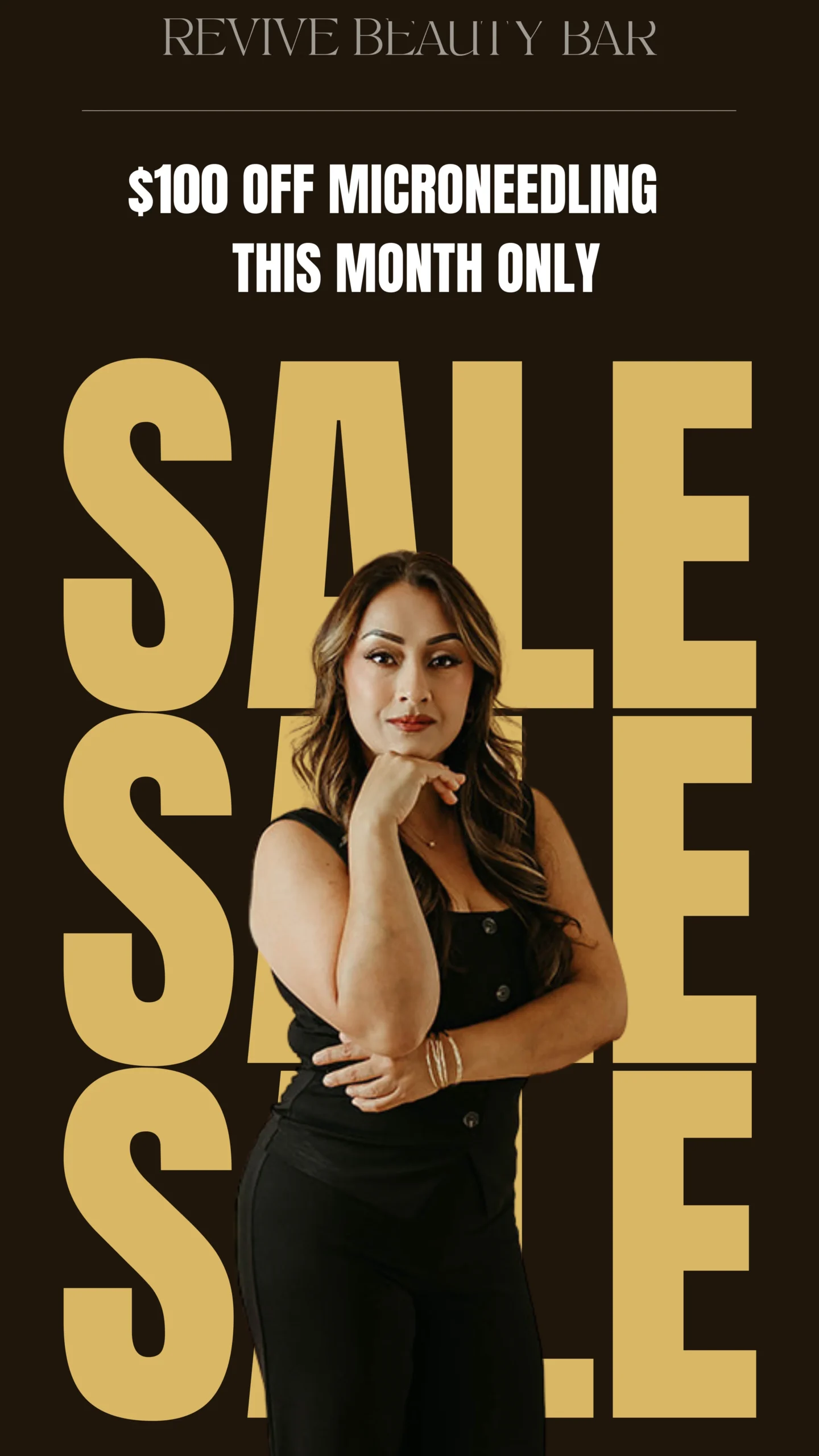Understand typical timelines, risks and benefits of long‑term use, what happens after stopping, and how to transition safely—so you can match therapy duration to your goals.
Overview
What Determines How Long You Should Use GLP‑1 Therapy?
- Weight loss goals: Larger targets may require a longer treatment phase.
- Response to medication: Some progress rapidly; others more gradually.
- Lifestyle factors: Nutrition, activity, sleep, and stress management influence maintenance.
- Health conditions: Metabolic disorders or insulin resistance may benefit from extended therapy.
Typical Treatment Timelines in 2025
Initial Phase (3–6 months)
- Goal: Establish dose tolerance and begin weight reduction.
- What to expect: Steady loss after reaching a stable therapeutic dose.
Continued Weight Loss Phase (6–12 months)
- Goal: Achieve the majority of the target reduction.
- What to expect: Stable dosing; habits reinforced to support adherence.
Maintenance Phase (varies)
- Goal: Sustain reduced weight and metabolic improvements.
- What to expect: Some reduce dose; others continue full or partial dosing longer‑term.
Risks and Benefits of Long‑Term GLP‑1 Use
Benefits
- Sustained appetite control
- Improved blood sugar regulation
- Lower short‑term risk of weight regain
- Support while new lifestyle habits solidify
Risks
- Prolonged exposure to mild side effects (e.g., nausea, constipation)
- Rare complications (e.g., pancreatitis, gallbladder issues)
- Higher cumulative cost over time
Key point: Long‑term therapy can be safe with medical monitoring, but periodic reevaluation ensures continued necessity.
What Happens If You Stop GLP‑1 Injections?
When therapy ends, appetite‑regulating effects diminish. Without a plan, this may lead to increased hunger, gradual weight regain, and loss of glycemic benefits in some individuals. These outcomes aren’t inevitable—balanced eating, regular activity, and structured routines help sustain progress.
How to Transition Off GLP‑1 Safely
- Step‑down dosing
- Reduce gradually rather than stopping abruptly to ease adjustment.
- Nutritional strategy
- Smaller, balanced meals centered on protein and fiber for satiety.
- Exercise consistency
- Combine cardiovascular activity with strength training to preserve lean mass.
- Behavioral support
- Work with a dietitian, coach, or support group during the transition.
- Monitoring & follow‑up
- Schedule regular weigh‑ins and health checks to catch early regain.
Should GLP‑1 Be Considered a Lifelong Treatment?
For some with significant obesity‑related risks or chronic metabolic disorders, GLP‑1 may function as long‑term maintenance—similar to other chronic condition therapies. For others, it serves as a bridge: a period of metabolic reset while habits make ongoing medication unnecessary.
Linking Duration to Your Goals
- How quickly you respond to treatment
- Your ability to integrate sustainable lifestyle changes
- Whether ongoing appetite and glycemic regulation is medically necessary
Final takeaway: Some need 6–12 focused months; others benefit longer. Decide with a qualified clinician, aligning duration with goals, health status, and readiness to maintain results without medication.





